By Jessica Meth
Copywriter
The role of a creative partner in the world of life sciences is to turn information into ideas that generate interest and capture the attention of audiences that include payers, providers, and patients. Over the past 15+ years, I’ve spent many hours reviewing data, brainstorming ways to express a story, and creating materials that aim to make an impact. My job is to tell the right story, at the right time, to the right audience, in the right way—for all the brands I touch.
While all accounts are different, I’ve found some practices consistently promote the creative process while others raise roadblocks that can easily thwart a productive partnership. In this post, I’ll explore some of each and provide tips on how to give your partnership with your creative team the best odds for success. Although no number of best practices will guarantee the magic that generates great ideas, these do’s and don’ts will help set the stage for the possibility!
What Doesn’t Work
1. Giving too much guidance
Clear direction is great. But “over direction” is not. This can limit the ability of your creative partner to make an impact and deliver a more powerful piece. It’s ideal to have your end goal—what you want the piece to accomplish—in mind, rather than a specific message. From there, your creative team can offer options and work with you to determine the best approach.
2. Letting personal biases drive professional decisions
I once had a client who simply hated the color yellow and would reject any materials that included it. Obviously, this isn’t practical if there’s any hue of yellow in the branding. Keep in mind what will work best for the brand, even if it doesn’t fit your personal preferences.
3. Fearing change
Sometimes it’s hard to move away from the “safe” option—the bland, clinical look, the familiar format. We all want a smooth review process, and pushing the envelope can make this difficult at times. But if you want to do things like generate awareness, move the needle, make a difference, or influence decision makers, you’ll need to do more than just provide information. You’ll want to communicate big, bold ideas that get noticed.
What Works
1. Trusting and collaborating
Without trust, the project can suffer. You may come to the table with a very clear idea of what you want (eg, a one-page detail aid that says X,Y, and Z). It can be hard to let go of this idea, but I’ve found that when clients provide general direction and the leeway to create, the result is stronger and the client is ultimately happier.
2. Keeping it simple
In today’s complex healthcare environment, your audiences are bombarded with information from all directions, in all formats. Keeping your message simple and direct can be the best way to cut through the clutter. For example, a simple, evocative line on a direct mail campaign or advertisement may accomplish your goals more effectively than a lengthy email.
I find my writing is best when I follow the old journalism rule—”one idea, in two sentences, on three lines.” That’s what each paragraph of copy should accomplish. Easier said than done, of course, especially if you happen to be writing about health economics outcomes data. However, when a creative team finds a way to boil down the message and convey the value of your brand in a compelling way, the results will speak for themselves.
3. Listening to your gut
Beating up an idea is part of the game. In fact, it’s one of the things we do best as creatives—we agonize over each word, second guess the idea, and kill lots of concepts before they leave the room. For every deliverable that goes to our clients, about 10 times as many hit the trash.
However, while there’s always another way to say something, I’ve found that listening to my intuition is critical. As a creative partner or a company project leader shopping the material around and gathering team comments, it’s important to stand behind the work. This may involve clearly explaining the rationale behind it at review committee meetings, or promoting the material internally to gain support from cross-functional colleagues. Remember, if you feel strongly about it, it’s likely worth the push.
Jessica Meth is a pharmaceutical writer with over 15 years’ experience in healthcare writing and marketing for leading ad agencies and pharmaceutical accounts. In this role, she has developed print, digital, promotional, and training materials for multiple healthcare audiences, covering a range of disease states—from cardiovascular and respiratory to women’s health and pain management. As a pharma writer for Encompass, she assists in the development and launch of marketing training programs and creates content for sales reps and payer audiences.


